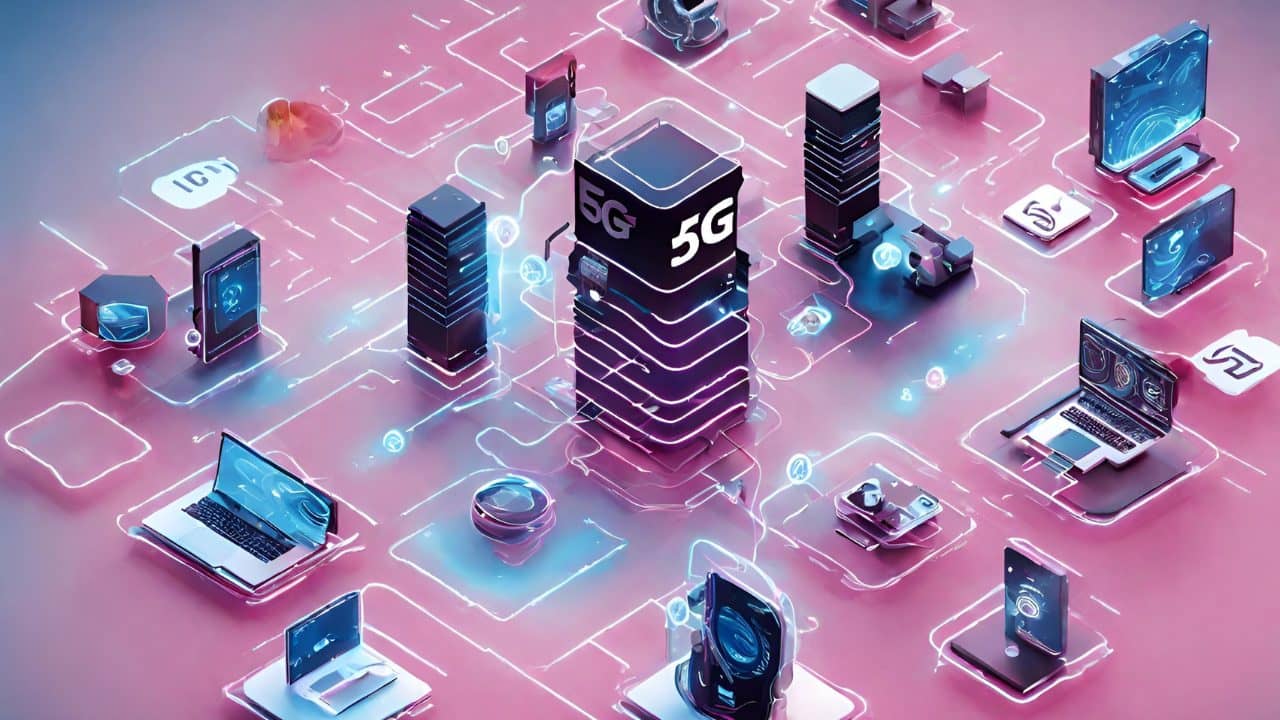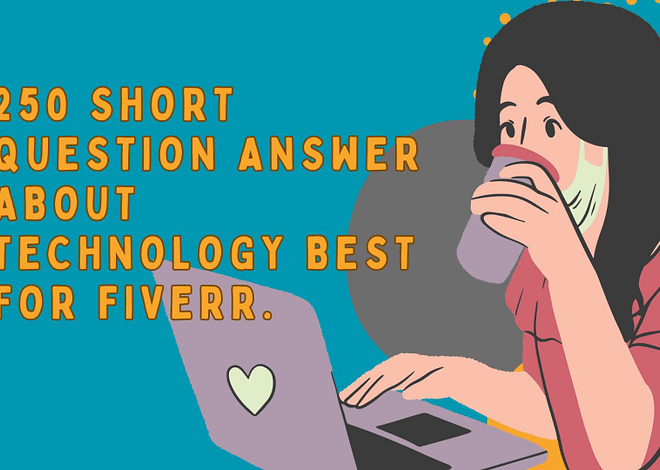
The Impact of 5G on Smart Cities
The Impact of 5G on Smart Cities. The concept of “smart cities” has steadily gained momentum in recent years. These cities leverage advanced technologies to enhance the quality of life for their residents, promote sustainability, and optimize various aspects of urban living. At the heart of this transformation lies the fifth generation of wireless technology, 5G. With its promise of unprecedented speed, reliability, and low latency, 5G is poised to play an important role in shaping the future of smart cities.
In this article, we will delve into the profound impact that 5G technology is having on smart cities worldwide. We will explore how this high-speed connectivity is revolutionizing key sectors, from transportation and healthcare to energy and public safety, and how it catalyzes innovation on an unprecedented scale.

Chapter 1: The Foundation of Smart Cities
Before we delve into the role of 5G, it’s crucial to understand the foundation of smart cities. These cities are built upon a robust digital infrastructure that integrates various technologies, data sources, and communication networks. The primary objectives of smart cities include:
- Efficiency: Streamlining operations and resource utilization to reduce waste and improve cost-effectiveness.
- Sustainability: Implementing eco-friendly practices to reduce carbon footprints and promote a greener environment.
- Quality of Life: Enhancing the lives of residents through better services, infrastructure, and access to resources.
- Innovation: Fostering a culture of innovation and adaptability to address evolving urban challenges.
Chapter 2: The Evolution of Wireless Connectivity
A series of advancements in wireless technology have marked the journey to 5G. From 1G’s introduction in the 1980s to 4G’s proliferation in the early 2000s, each generation of wireless technology has brought us closer to the capabilities of 5G:
- 1G: Analog cellular technology that enabled voice calls.
- 2G: Digital cellular technology, the advent of SMS messaging.
- 3G: Introduced mobile data, paving the way for web access.
- 4G: Faster internet speeds and the rise of mobile apps.
- 5G: A quantum leap in connectivity with ultra-high rates, low latency, and massive device connectivity.
Chapter 3: The 5G Advantage
At its core, 5G technology offers several key advantages that make it a game-changer for smart cities:
- Speed: 5G can achieve data transfer rates up to 100 times faster than 4G, facilitating instant downloads and seamless streaming.
- Low Latency: With latency as low as one millisecond, 5G enables real-time communication, which is critical for applications like autonomous vehicles.
- Massive Connectivity: 5G can support up to one million devices per square kilometer, a boon for the Internet of Things (IoT).
- Reliability: Enhanced reliability ensures that crucial services like emergency response and healthcare remain uninterrupted.
- Energy Efficiency: 5G is more energy-efficient, reducing the environmental impact of increased connectivity.
Chapter 4: Transforming Transportation
One of the most visible impacts of 5G in smart cities is the transformation of transportation systems:
- Connected Vehicles: 5G enables vehicles to communicate with each other and with infrastructure, enhancing safety and traffic management.
- Autonomous Vehicles: Low latency and real-time data transmission are essential for self-driving cars, making 5G a crucial enabler.
- Smart Traffic Management: 5G-powered sensors and cameras optimize traffic flow and reduce congestion.
- Enhanced Public Transportation: Smart buses and trains use 5G to provide real-time updates and connectivity to passengers.
Chapter 5: Revolutionizing Healthcare
5G technology is also revolutionizing healthcare delivery in smart cities:
- Telemedicine: High-speed, low-latency connections enable real-time remote consultations and surgeries.
- IoT Medical Devices: Wearable devices and sensors securely transmit patient data to healthcare providers.
- Robotic Surgery: Surgeons can perform procedures remotely using haptic feedback technology.
- Patient Monitoring: Continuous monitoring of patients in real time leads to faster response times and improved patient outcomes.
Chapter 6: Smart Energy Management
Energy consumption and sustainability are critical aspects of smart cities that 5G can address:
- Smart Grids: 5G enables real-time monitoring and control of power grids, reducing waste and optimizing distribution.
- Renewable Energy Integration: IoT devices connected via 5G help manage and optimize renewable energy sources.
- Efficient Lighting: Smart streetlights use 5G to adjust brightness based on traffic and weather conditions, reducing energy consumption.
Chapter 7: Public Safety and Security
5G enhances public safety measures in smart cities:
- Video Surveillance: High-definition cameras with real-time analytics improve security monitoring.
- Emergency Response: Low-latency communication enables faster response times for police and fire departments.
- Disaster Management: 5G supports disaster response by providing connectivity in remote or affected areas.
Chapter 8: Challenges and Concerns
While 5G holds immense potential, it also raises specific challenges and concerns:
- Infrastructure Deployment: The rollout of 5G infrastructure requires significant investment and coordination.
- Privacy and Security: Increased connectivity increases risks to data privacy and risks security.
- Digital Divide: Ensuring equal access to 5G services for all residents remains challenging.
- Health Concerns: Some raise questions about the potential health effects of increased exposure to 5G radiation.
Chapter 9: The Future of Smart Cities
As 5G continues to evolve and expand its reach, intelligent cities are poised for unprecedented growth:
- Innovation Hubs: Smart cities become innovation hubs, attracting startups and tech companies.
- Sustainable Urbanization: Sustainable practices and eco-friendly technologies become the norm.
- Quality of Life: Residents enjoy improved services, faster internet, and enhanced safety.

Conclusion
The impact of 5G on intelligent cities is nothing short of revolutionary. With its high-speed connectivity, low latency, and massive device support capacity, 5G is driving innovation, enhancing the quality of life, and shaping the future of urban living. As smart cities evolve, 5G technology will play an ever-expanding role in creating more efficient, sustainable, and connected urban environments.
In this era of rapid technological advancement, one thing is sure: the smart cities of tomorrow will be powered by the transformative capabilities of 5G technology.


